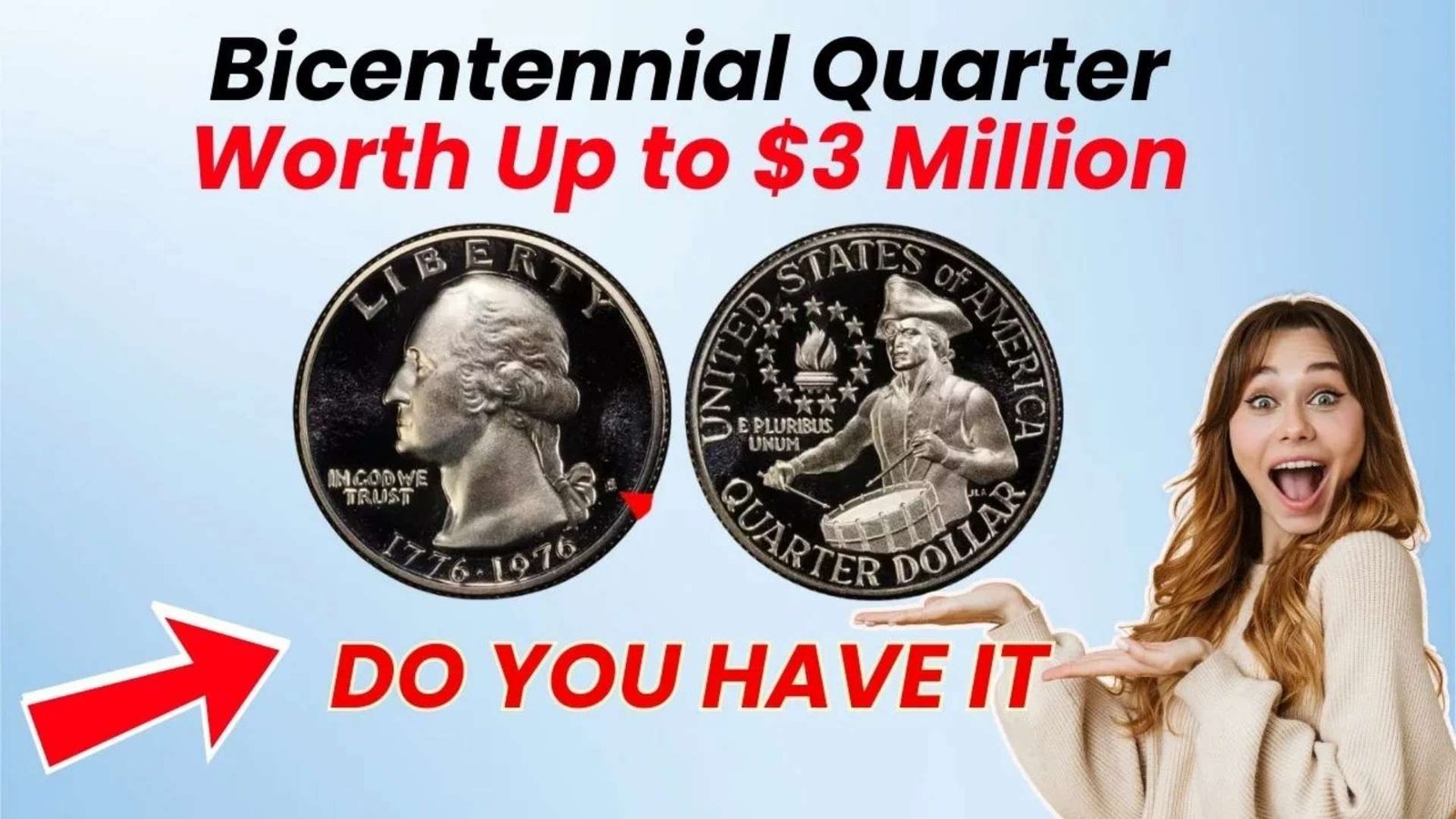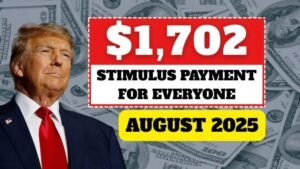A pocket change discovery could make you a millionaire. The 1976 Bicentennial Quarter, often dismissed as just another coin, hides secrets that have stunned collectors. Some rare versions are worth up to $3 million — and you might unknowingly have one in your collection.
What Is the 1976 Bicentennial Quarter?
In 1976, the U.S. Mint celebrated America’s 200th anniversary with a special quarter. Unlike standard designs, this coin featured the Colonial drummer boy on the reverse and the dual date 1776–1976 on the front. While millions were minted, only a handful carry the rare errors and conditions that push values into the millions.
The History Behind the Quarter
The quarter was part of the Bicentennial coinage program that included special designs for the quarter, half dollar, and dollar. Struck in both circulation copper-nickel and limited silver-clad versions, most were everyday coins. But minting anomalies, proof strikes, and pristine conditions transformed a few into treasures.
Why Is the Bicentennial Quarter Valuable?
Not every Bicentennial Quarter is valuable. What makes certain pieces worth fortunes are rare mint errors, unique compositions, and high-grade conditions certified by grading authorities. Some proof coins struck in 40% silver or those with double dies and off-center strikes can fetch jaw-dropping prices at auctions.
Quick Value Guide: Bicentennial Quarter Worth
| Type of Quarter | Estimated Value | Reason for Value |
|---|---|---|
| Regular Circulation | $0.25 – $5 | Common, billions minted |
| Silver Proof (40%) | $15 – $500 | Silver content, limited mintage |
| Error Coin (double die, off-center, wrong planchet) | $1,000 – $50,000+ | Minting mistake rarity |
| Perfect Condition MS-68+ | $100,000 – $3,000,000 | Auction demand & rarity |
How to Know If You Have a Million-Dollar Quarter
- Check the date – must read 1776–1976
- Look for silver edges – no copper line means silver version
- Inspect for errors – doubling, mis-strikes, or unusual color
- Get it graded – only professional certification reveals true value
Common Bicentennial Quarter Errors & Values
| Error Type | Approximate Value |
|---|---|
| Double Die Obverse | $3,000 – $15,000 |
| Off-Center Strike | $1,000 – $6,000 |
| Struck on Wrong Planchet | $30,000 – $250,000 |
| Perfect MS-68 Silver Proof | Up to $3,000,000 |
Notable Records & Shocking Finds
One Bicentennial Quarter graded MS-68 Silver Proof sold for over $350,000 at auction. Collectors speculate that only a handful of flawless strikes exist, pushing potential values into multi-million-dollar territory. Stories of lucky finds in old change jars or inherited collections keep the mystery alive.
Expert Tips to Spot Rare Quarters
- Always check edge color (copper vs. silver)
- Use a magnifying glass for error spotting
- Submit rare-looking coins to PCGS or NGC for grading
- Store coins in protective cases to preserve value
Frequently Asked Questions (FAQs)
Q: Are all Bicentennial Quarters valuable?
No, most are worth face value, but rare types can be worth thousands or more.
Q: How can I tell if mine is silver?
Check the edge — a silver quarter will not show the copper line found in standard circulation coins.
Q: What’s the rarest Bicentennial Quarter?
High-grade silver proofs with mint errors are among the rarest, some valued in the millions.
Q: Should I clean my coin before selling?
Never clean a coin — it reduces value. Keep it in its original state.
Conclusion
The 1976 Bicentennial Quarter isn’t just a piece of history — it’s a potential fortune hiding in plain sight. With values soaring as high as $3 million, every coin collector and curious hobbyist should take a closer look at their change. The next rare discovery could be sitting in your pocket.




